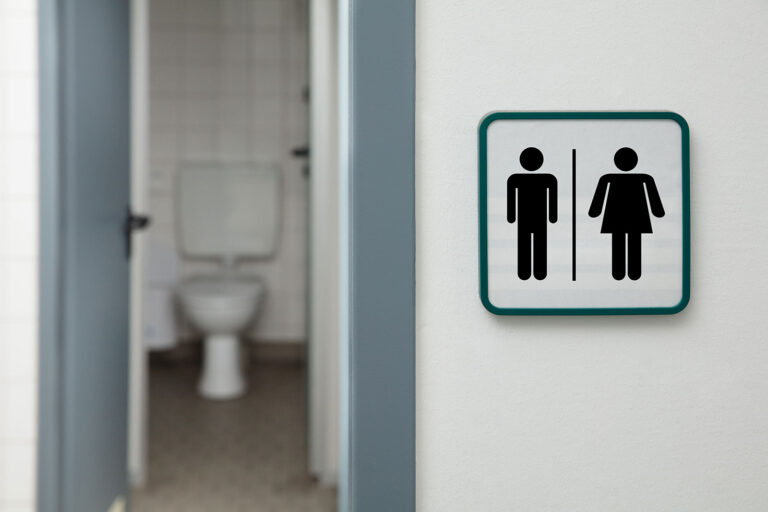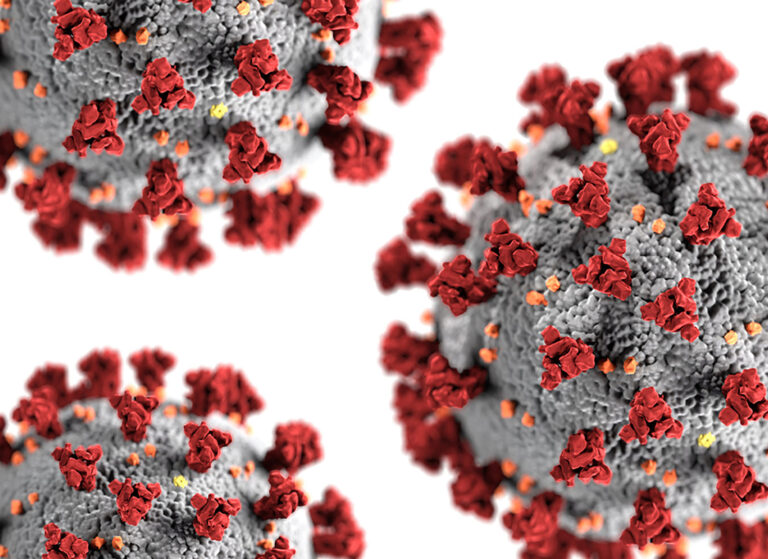COVID-19 Vaccine: How It Works
2020: It started out like any other year and ended… well, you all know the story.
We’ve been through a lot, haven’t we? First, we had to brush up on what we know about viruses. Then, together we all became microbiologists, as words like “antigen,” “antibody,” and “PCR” became part of casual conversation. Quarantine, isolation, social distancing… N-95, KN-95, facemask, visor, PPE… what an unbelievable, crazy year!
And while COVID-19 cases continue to climb and numbers of hospitalizations remain high, we’re starting to see a little glimmer of hope. One more word to rule them all: Vaccine!
THE VACCINE
So what exactly is a vaccine? A vaccine is a medication that trains the body’s immune system to fight a disease. Undoubtedly, people are already used to vaccines: influenza, tetanus, and shingles, just to name a few. But very soon we will have access to a vaccine for COVID-19. And this is cause for hope, optimism, and excitement.
Two manufacturers are readying their vaccines for the public: Pfizer and Moderna. Both are using a novel means of vaccine creation and how the vaccine creates immunity within the body. This novel technology utilizes genetic material called mRNA (also called messenger RNA).
mRNA SIMPLIFIED
Understanding mRNA technology requires a brief understanding of how vaccines are typically created. To keep things simple, let’s discuss the usual process of creating vaccinations against viruses. First, viruses are replicated in a laboratory. From there, the virus is either inactivated, weakened, or broken down into smaller particles. These altered virus particles are then inserted into the body as a vaccine, which then stimulates the immune system to create antibodies against the virus.
With the two COVID-19 vaccines being launched, however, mRNA is inserted into the body. The mRNA has the genetic code of spike proteins which are found on the surface of COVID-19. These spike proteins are also referred to as antigens. Unlike traditional vaccines, no parts of the virus are ever directly used with mRNA technology. Instead, the mRNA is introduced into the human body, which then stimulates the production of the virus’s spike proteins. All the while, the body does not actually create the virus, nor is the person exposed to the virus when they receive the vaccine. Once the artificially-generated virus proteins are created, the body then creates antibodies to attack these proteins. These antibodies will then remain dormant in the body until ready to be used if the person ever gets exposed to the virus at a later date.
DO THESE VACCINES WORK?
So… Do these vaccines work? The good news is a resounding yes for both the Pfizer and Moderna vaccines. Both vaccines are to be provided in two doses. With Pfizer, the second dose is given at 21 days after the initial dose. With Moderna, the second dose is given 28 days later. Both manufacturers report > 90% efficacy after administration of the second dose.
The most commonly reported side effects of the vaccine are localized redness at the site of the injection, fatigue, headache, muscle pain, and chills. Overall, though, these symptoms tend to be very mild, well-tolerated, and short-lived. And again, there is no chance of getting COVID-19 from these vaccines because the virus itself is never introduced into the body.
So here we are: with an optimistic ending to a difficult year! We hope this overview of the vaccine was helpful, and if you have any further questions, feel free to reach out to CareHive any time.
Suneet Singh, MD, FACEP // Medical Director, CareHive // Assistant Professor of Surgery & Perioperative Care, University of Texas at Austin Dell Medical School






